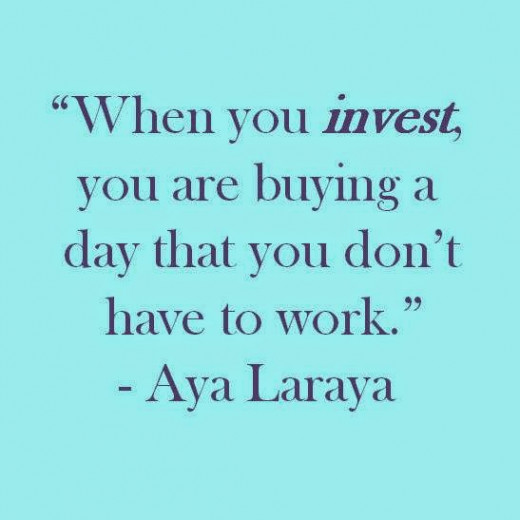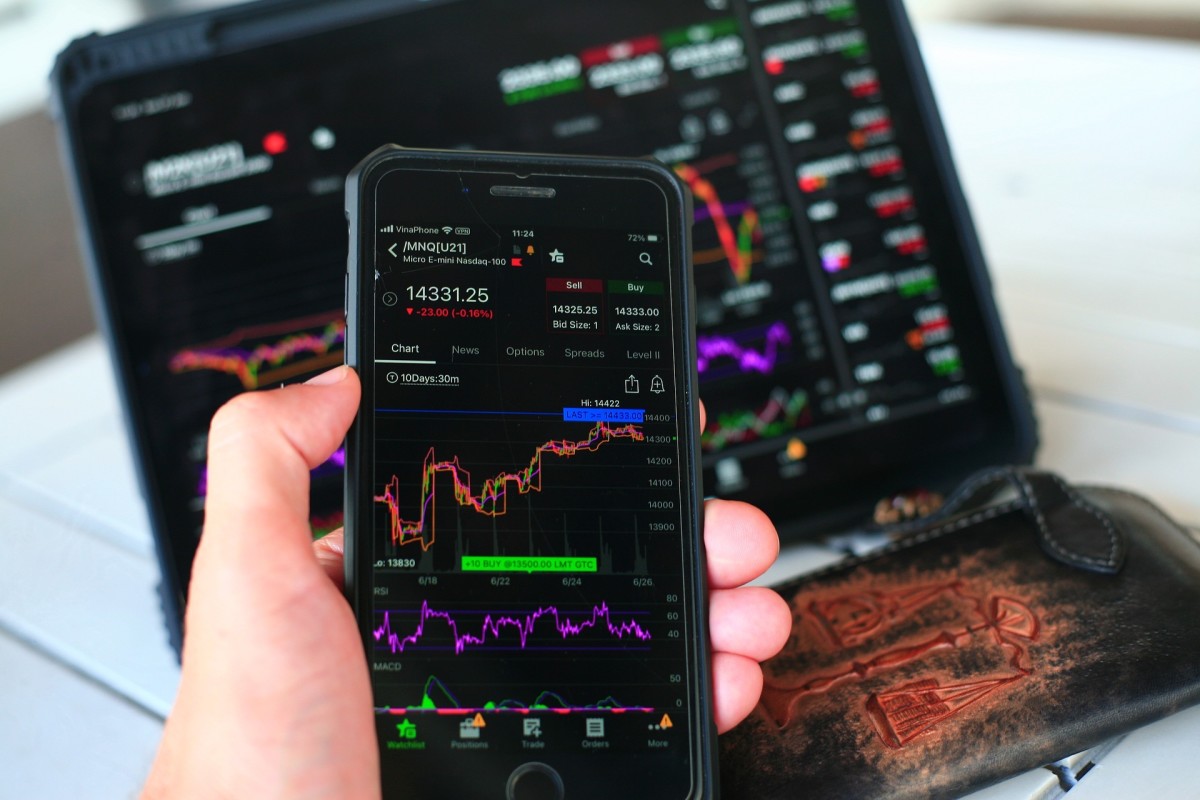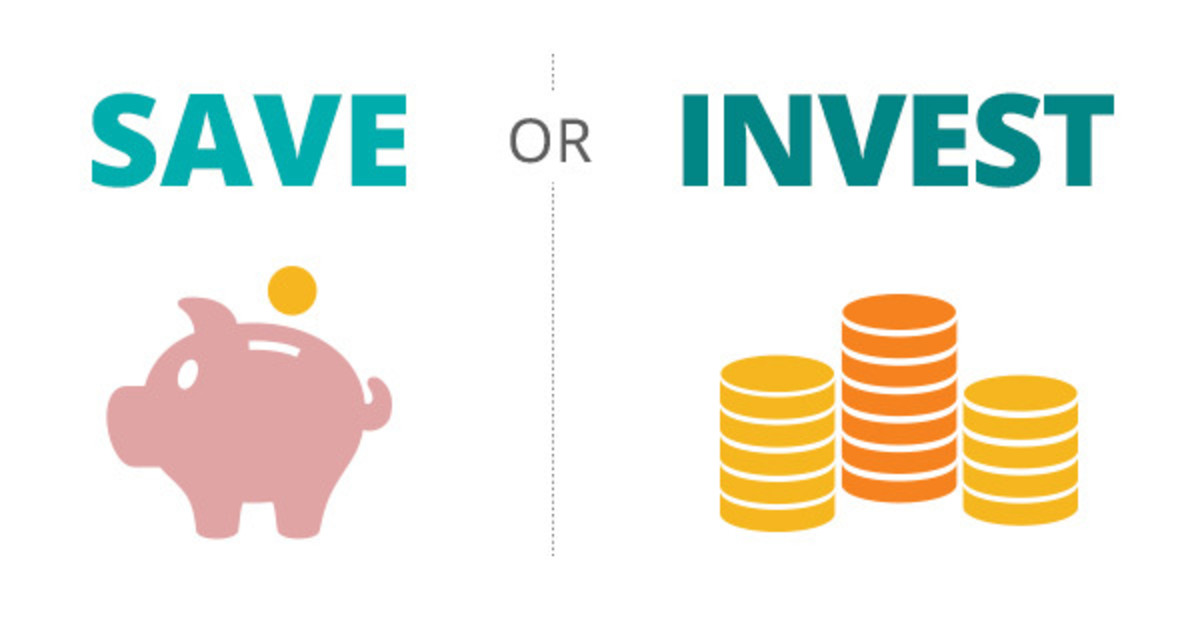- HubPages»
- Personal Finance»
- Income & Making Money»
- Making Extra Money Through Odd Jobs
5 Investment Instruments for your Mid-year Bonus
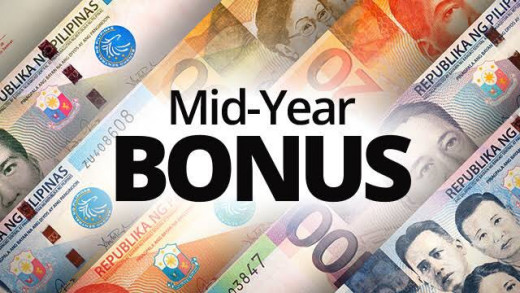
Ah, it’s May again, one of the best months of the year for most government employees. Why? Well it is when the Mid-year bonus will be deposited which is an equivalent of one month salary. Most of the time it’s already budgeted for summer vacations or for school supplies for the children even before the bonus is deposited. The good thing for this year is that summer vacation is not possible due to the restrictions brought about by the Pandemic moreover, since school opening is moved on September, the purchase of school supplies can also be delayed.
So instead of splurging your 1 month bonus to a temporary luxuries why not delay your gratification for once and use that to start a long term investment. Investing does not mean buying material things that you think has value but what I mean of investing is saving your money and purchasing an asset now with the hope that it will provide an income or be sold at a higher price in the future. Here are the different investment instruments available in the Philippines where you can start investing your mid-year bonus.
1. TIME DEPOSIT

Time deposit is an investment instrument offered by banks where you can deposit your money for a specific period of time while earning a higher interest rate compared to savings accounts. In the Philippines, you can open a time deposit for as low as P1,000 and the lock-in period may range from 30 days to 7 years. The interest rate also varies depending on the amount of deposit and the lock-in length you chose. Unlike savings accounts which only earns an interest rate that is lower than 1%, time deposit’s interest rate may earn as high as 5% depending on the term and amount of the deposit.
The benefit of time deposit is that your investment returns are assured and there is no risk of losing the principal amount thus, making it one of the safest investment instruments. Also, it is not affected by the market fluctuations unlike the other investment instruments. It is also very easy to open a time deposit account, it is very similar to that of the savings accounts. Time deposit will also restrict you from withdrawing your money since there is a penalty if you withdraw it before its maturity period.
The downside of time deposit is that it has very low returns unlike the other investment instruments. Depositing more money in your time deposit account is also not possible since you are only allowed to deposit once. In case of emergency and you needed the money, you can only withdraw it but has to pay the penalty. No fees are involved however, your earnings are taxed. A 20% final withholding tax and a documentary stamp tax (PHP 1.50 per PHP 200) are deducted from the interest earnings.
Time deposit is a very good option for you if your risk tolerance of losing money is low and if your goal is only to safe keep your Mid-year bonus. But if you wanted to earn more, perhaps you can choose other investment instruments which has higher investment returns.
2. LIFE AND HEALTH INSURANCE

The COVID-19 took thousands of lives and even put most people in financial turmoil due to its medical expenses. This made me realize how important insurances are, may it be Life insurance or Health Insurance because of the uncertainty brought about by unexpected events. Today you maybe healthy but tomorrow you maybe suffering from a debilitating illness, and when you are sick it will not only drain you physically but also financially. The best way to safeguard yourself and the people you love from this possible occurrence is to invest in Life and Health Insurance, this is also one of the best investment instrument which you can give to yourself.

What then is the difference of Life Insurance and Health Insurance? Life insurance is an insurance which guarantees your family (or other beneficiaries) a lump sum in the case of your passing, providing them with the financial stability to pay off any outstanding debts (such as a mortgage) and securing their future. Health insurance on the other hand refers to a type of general insurance, which covers the medical expenses of the insured.
The good thing now a days is that there are plenty of Life and Health insurances that offer both benefits with an additional component of investment similar to that of the mutual funds. Hence, there is no need to buy different policy for each insurance category but if you are more comfortable with having 2 different insurance then that’s even better. With your mid-year bonus you can already buy an insurance with as low as P2,000 monthly or P20,000 annually.
The only downside of buying an insurance is that most people see it as a liability instead of an asset because you have to commit to regularly pay its monthly or annual contributions until its maturity. Usually the deposit time period can last from 5 to 10 years then you have to wait for certain years for it to fully mature although you can already use the insurance while on the process of paying its premium. Instead of thinking of this investment instrument as a liability, consider its long term benefits and how it will surely help you and your beneficiaries once something bad happens to you.
3. UNIT TRUST INVESTMENT FUND

According to blogger James Ryann Jonas, UITF or Unit Investment Trust Fund is a collective investment scheme offered by banks and trust companies in the Philippines. As a “collective investment,” this means money from a variety of investors are pooled together into one fund to achieve a specific investment objective. This however, does not make you a part owner of the company unlike mutual funds. Also compared to time deposits you can withdraw your money anytime and it also has a higher return.
UTIFs are highly recommended investment instrument to investors who have no time or expertise to do the actual trading because the Trust group will do the trading for you. There is just a minimal trust fee which is a certain percentage of the investment amount which you have to pay. The only downside of this investment instrument is the returns is still low with only 3-5% annually compared to Mutual Fund and Direct Stocks.
4. MUTUAL FUND

Mong Montances in his e-book Simple Investing Guide defined Mutual Fund as a collection of funds invested in different securities such as bonds, stocks, and possibly, to other Mutual Funds. When you invest in mutual funds you pool your money with other investors. It’s very similar with that of UTIFs. The only difference of this investment instrument to UTIFs is that it has an expert manager who will take care of your investment. When you invest in Mutual Fund, you become a stockholder of the mutual fund and you acquire the rights of a regular stockholder, including right to vote and right to receive dividends, if distributed by the mutual fund.
The advantage of this investment instrument is you can open a Mutual Fund account with as low as Php1,000 and it will already be invested to different blue chip companies, thus, minimizing the risk. Also, if you are a busy person, there is a fund manager who will do the trading for you and regularly provides you with updates on the status of your investments and the current earnings or losses of your money. For the past years the average annual return of Mutual Fund is from 6% to 18% which is a better choice to invest your Mid-year bonus compared to UITFs and Time Deposit.
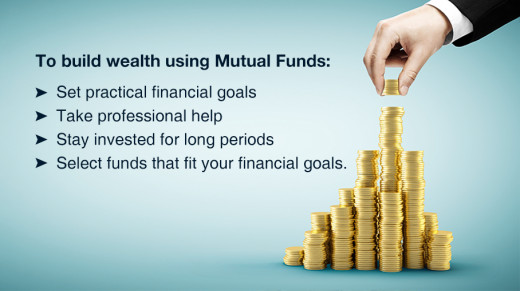
If you want to grow your money, you can regularly deposit any amount not less than P1,000 any time and your fund manager will take care of the investing. Because of this set-up, Mutual Fund became the top choice for beginners because of its flexibility. Though the downside of this investment instrument is that you have to pay your fund manager which is usually deducted in your initial deposit. But it’s a very tiny portion you don’t even feel it, your Mid-year bonus can definitely cover for it.
5. STOCK MARKET

Investing directly in the Stock Market means buying stocks of shares of big companies. When you buy stocks you become part owner of the company. With this, if the company earns well you get a profit and if the company goes down you lose money. There are 3 ways to earn money through this investment instrument:
- Capital Gains or Price Appreciation. It is the difference between the current price of a stock and the price you initially bought it. Example is buying Jollibee today at P130 and next week the price increases at P150, you then earn P20.
- Earning through Dividends. This represents the distribution of earnings of the company to its shareholders. Dividends may be in the form of cash or stock and distributed either quarterly, semi-annually or annually, depending on the earnings of the company.
- Receiving Stocks Right. Stock rights are options given to current shareholders to buy additional shares of the company’s stock at a price lower than the market price. Since the set price is lower than the market price, a shareholder can already sell these stocks in the stock market for instant profits.
When it comes to investment returns, investing in the stock market has the best performance with an annual return ranges from 12% to 20% as long as you know the right strategy. Also, it is now very easy to open an account with any brokerage companies with as low as Php1,000. Just like Mutual Funds, after opening an account, you can already deposit any amount not lower than Php1,000 anytime if you want to grow your money. The only difference of this investment instrument with that of the Mutual Fund is that you will be the one to manage your account, you will do the trading on a regular basis.

You must have heard plenty of horror stories of people losing money in the stock market and it is true. 80% of people lose their money in the stock marker however, majority of these are traders. What I recommend is for you to invest in big companies who can stand the test of time like Jollibee, SM and Ayala Corporation and for a long term basis. Your mid-year bonus is enough to buy even the minimum allowable boardlot from this companies.
FINAL THOUGHTS
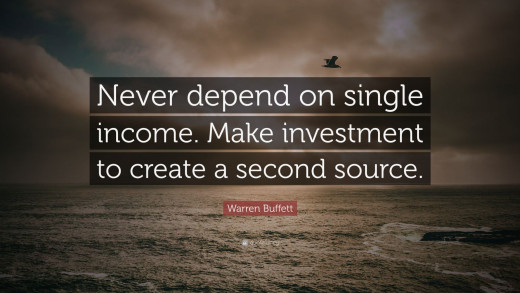
It may take a lot of will power not to spend that mid-year bonus to your luxuries however, it is not bad to also invest for your future specially with the uncertainty of life. Invest while you still have the capacity to do so and while you have the amount of money to start the investment. Educate yourself with the different investment instruments and assess your risk tolerance before making a choice as to where to invest your mid-year bonus.
